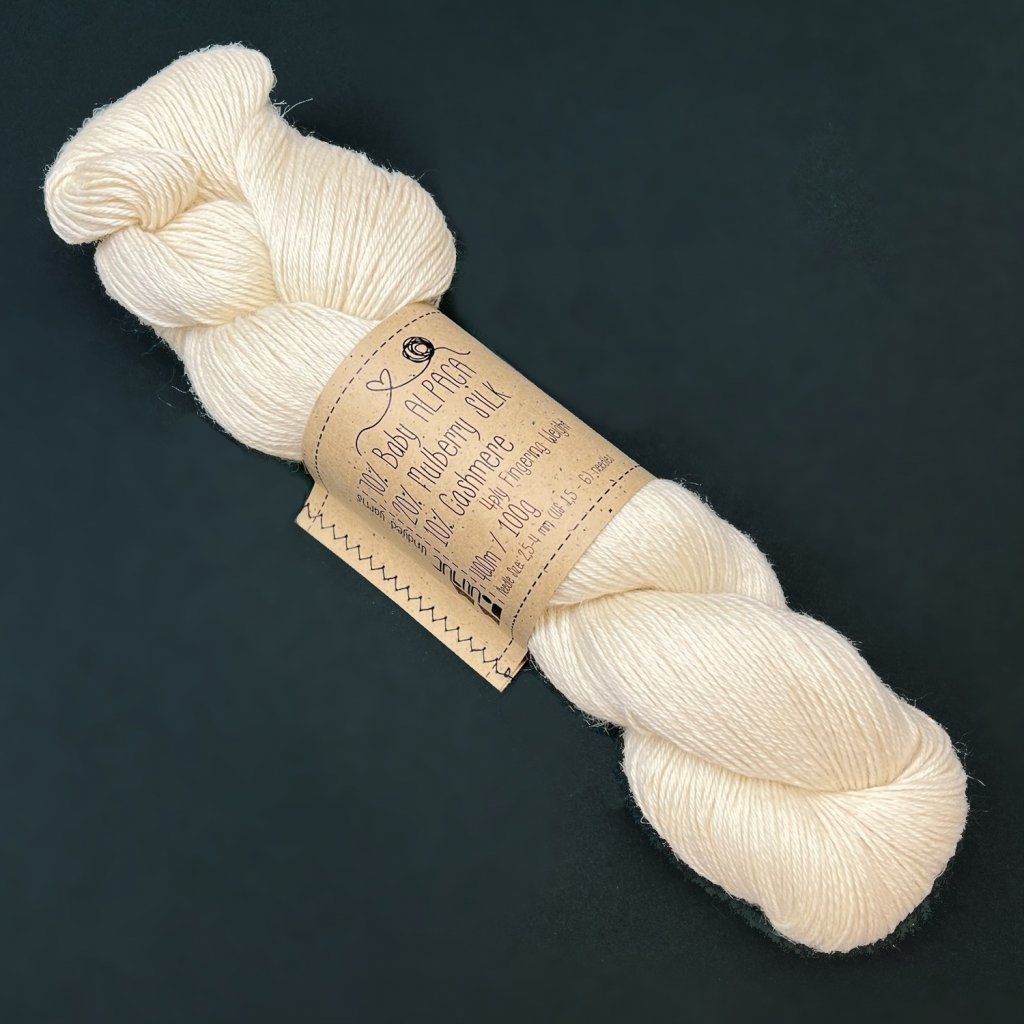Unveiling the Mysteries of cashmere and Its Timeless Appeal in Design
Unveiling the Mysteries of cashmere and Its Timeless Appeal in Design
Blog Article
Discovering the Various Kinds Of Cashmere an All-natural Fiber for Ultimate Deluxe
Cashmere, an all-natural fiber, is frequently connected with high-end and convenience. The extra inexpensive Chinese cashmere, the standard Scottish variation, and the premium Italian mix, all inform a various tale of this impressive fiber.
Recognizing the Elegant Nature of Cashmere
Cashmere, typically related to deluxe and convenience, holds a special attraction in the globe of all-natural fibers. This soft, light-weight material is fancied for its extraordinary warmth and exceptional toughness. Unlike various other natural fibers, cashmere combines insulation with breathability, providing exceptional comfort across differing temperature levels. Its shiny surface and soft texture add to its premium allure, warranting the costs cost that frequently comes with cashmere garments. Additionally, cashmere's inherent crease resistance and elasticity enhance its desirability, making it a favored option for premium clothing and devices. In spite of its fragile look, cashmere has a surprising resilience, able to keep its form and lavish feeling over time. This one-of-a-kind blend of qualities seals cashmere's setting as a symbol of style and extravagance.
Just What Is Cashmere and Where Does It Originate from?

Given these phenomenal high qualities, one could wonder regarding the beginning and makeup of this extravagant fiber. Cashmere is stemmed from the soft undercoat of cashmere goats, mainly located in Mongolia, China, Iran, and Afghanistan - is cashmere a natural fiber. These goats are adjusted to severe weather problems, producing an incredibly great, soft underfur as a protection against the bitter cold. This underfur, or undercoat, is what is gathered for cashmere. Each springtime, when the goats naturally dropped their wintertime layer, farmers comb out the fine underhair, leaving the coarser hair behind. This careful process contributes to the shortage and high expense of cashmere. With its beginning in the harsh landscapes of Asia, cashmere is a testament to nature's capability to generate deluxe from adversity.
Deciphering the Different Sorts Of Cashmere
Comprehending the various types of cashmere is crucial to appreciating the top quality and special attributes of this glamorous material. Usually, cashmere is classified into three kinds: raw, virgin, and reused. Translating these kinds is the very first step in recognizing the exclusivity and worth of cashmere.

The Special Features of Each Kind Of Cashmere
Having actually checked out the various classifications of cashmere, it becomes noticeable that each type flaunts its distinct collection of attributes. Mongolian cashmere, for instance, is renowned for its remarkable quality, due to Mongolia's extreme winter seasons that generate longer and finer fibers. On the other hand, Chinese cashmere is often a lot more economical, though its much shorter fibers can decrease longevity.
Why Cashmere Is the Epitome of Deluxe in vogue
Cashmere holds a well-regarded position in the world of style, regarded as an icon of luxury company website and sophistication (is cashmere a natural fiber). Cashmere is derived from the great undercoat of Himalayan goats, recognized for their premium top quality fiber. Cashmere's unrivaled convenience and longevity make it a desired product in the production of high-end garments.
The Refine of Making Cashmere: From Goat to Garment
The trip of cashmere, from being an undercoat of a Himalayan goat to a lavish garment, is a detailed one. With the arrival of springtime, farmers in Mongolia and China gather the wool by combing the goats, making certain no injury Recommended Site is done. Full Report The obtained wool consists of crude external hair and soft downy undercoat. This blend is after that fastidiously separated, with only the soft down made use of for cashmere. This raw cashmere is cleaned, dyed and spun right into yarn. The thread is after that woven or knitted right into textiles. The final action includes pushing and washing to offer the material its characteristic soft qualities and warmth. From goat to garment, each step is a testimony to the patience, creativity and skill entailed in crafting cashmere.

Conclusion
In conclusion, cashmere, with its all-natural style and unmatched convenience, preponderates on the planet of luxury style. The variety in types, varying from the soft Mongolian, light-weight Indian Pashmina, cost effective Chinese, standard Scottish, to the vivid Italian, exposes the convenience of this natural fiber. The meticulous procedure of changing it from a goat to a garment better adds to its exclusivity, making cashmere the embodiment of elegance and luxury.
Cashmere, a natural fiber, is usually connected with luxury and convenience (is cashmere a natural fiber).Cashmere, commonly associated with deluxe and comfort, holds an unique attraction in the world of all-natural fibers. Unlike other all-natural fibers, cashmere combines insulation with breathability, providing unparalleled convenience across differing temperatures. Cashmere is obtained from the soft undercoat of cashmere goats, primarily located in Mongolia, China, Iran, and Afghanistan. Cashmere is derived from the great undercoat of Himalayan goats, known for their remarkable quality fiber
Report this page